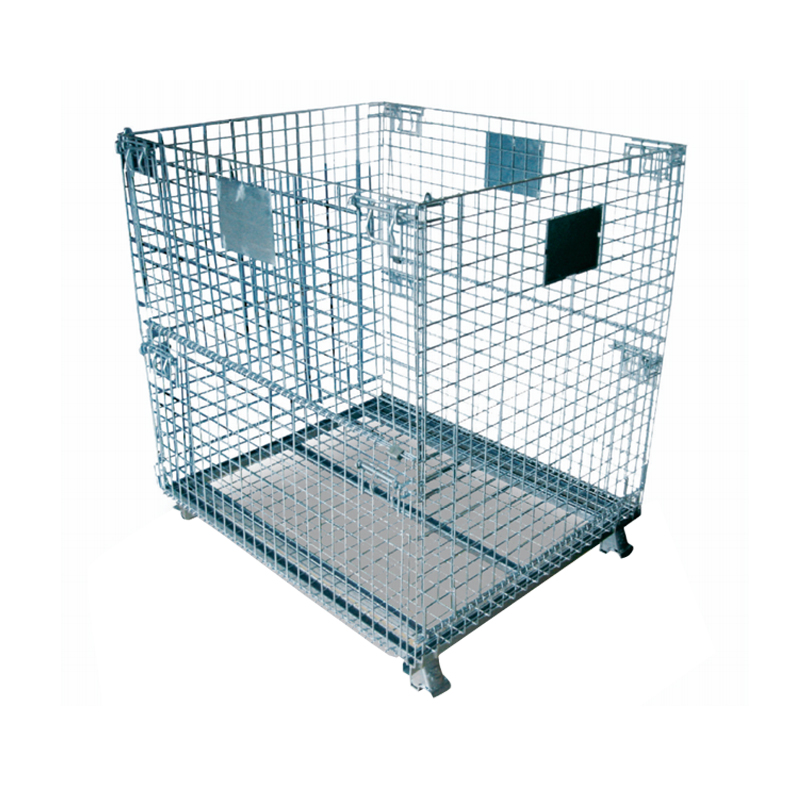The load-bearing capacity of mesh pallets is influenced by several structural features designed to enhance strength, stability, and durability under various operational conditions. Key structural features that contribute to the load-bearing capacity of mesh pallets include:
Material Selection:
The choice of materials, such as metals (e.g., steel, aluminum) or plastics (e.g., high-density polyethylene), significantly impacts the pallet's load-bearing capacity. Metals offer high strength and rigidity, while plastics provide lighter weight with good impact resistance. The material's mechanical properties, including tensile strength, yield strength, and modulus of elasticity, are critical factors in determining load capacity.
Frame Design:
The frame structure of mesh pallets plays a crucial role in distributing and supporting loads. Frames are typically constructed with tubular or channel profiles that provide structural integrity and rigidity. Cross-bracing and reinforcement at key stress points enhance the pallet's ability to withstand heavy loads and prevent deformation.
Mesh Pattern and Density:
The pattern and density of the mesh panels affect both the strength and airflow characteristics of the pallet. A denser mesh pattern with smaller openings provides more support surface area and distributes load more evenly. However, it may reduce airflow and increase pallet weight. Manufacturers optimize the mesh design to balance strength requirements with operational needs, such as ventilation for perishable goods.
Welding and Joining Techniques:
High-quality welding and joining techniques ensure the structural integrity of mesh pallets. Welded joints between frame components and mesh panels are critical points of load transfer. Robust welding methods, such as MIG (Metal Inert Gas) or TIG (Tungsten Inert Gas) welding, provide strong, permanent bonds that resist fatigue and stress cracking under heavy loads.
Edge and Corner Reinforcements:
Reinforcements at pallet edges and corners prevent damage and enhance load-bearing capacity during stacking and handling. These reinforcements may include solid bars, corner brackets, or additional welded supports. They distribute stress more evenly across the pallet structure and reduce the risk of structural failure at vulnerable points.

Base Support and Feet Design:
The design of base supports and feet directly affects the pallet's stability and load distribution on different surfaces. Solid base supports, often integrated into the frame structure, ensure uniform weight distribution and prevent sagging or bending under heavy loads. Non-slip feet or skids provide traction and stability on warehouse floors or transport vehicles, reducing the risk of pallet movement and load displacement.
Load Distribution Channels:
Some mesh pallet designs feature load distribution channels or channels integrated into the frame structure. These channels help guide and distribute the weight of stored goods more evenly across the pallet surface. By minimizing concentrated stress points, channels enhance the overall load-bearing capacity and structural resilience of the pallet.
Modular and Interlocking Features:
Modular mesh pallets may incorporate interlocking features that allow multiple pallets to be securely stacked or nested together. Interlocking mechanisms enhance stability during stacking and transportation, optimizing space utilization and load-bearing efficiency. These features also facilitate easier handling and storage in warehouse environments.
By integrating these structural features into the design and manufacturing process, manufacturers can optimize the load-bearing capacity of mesh pallets to meet specific industry requirements for strength, durability, and operational performance in supply chain logistics and material handling applications.
